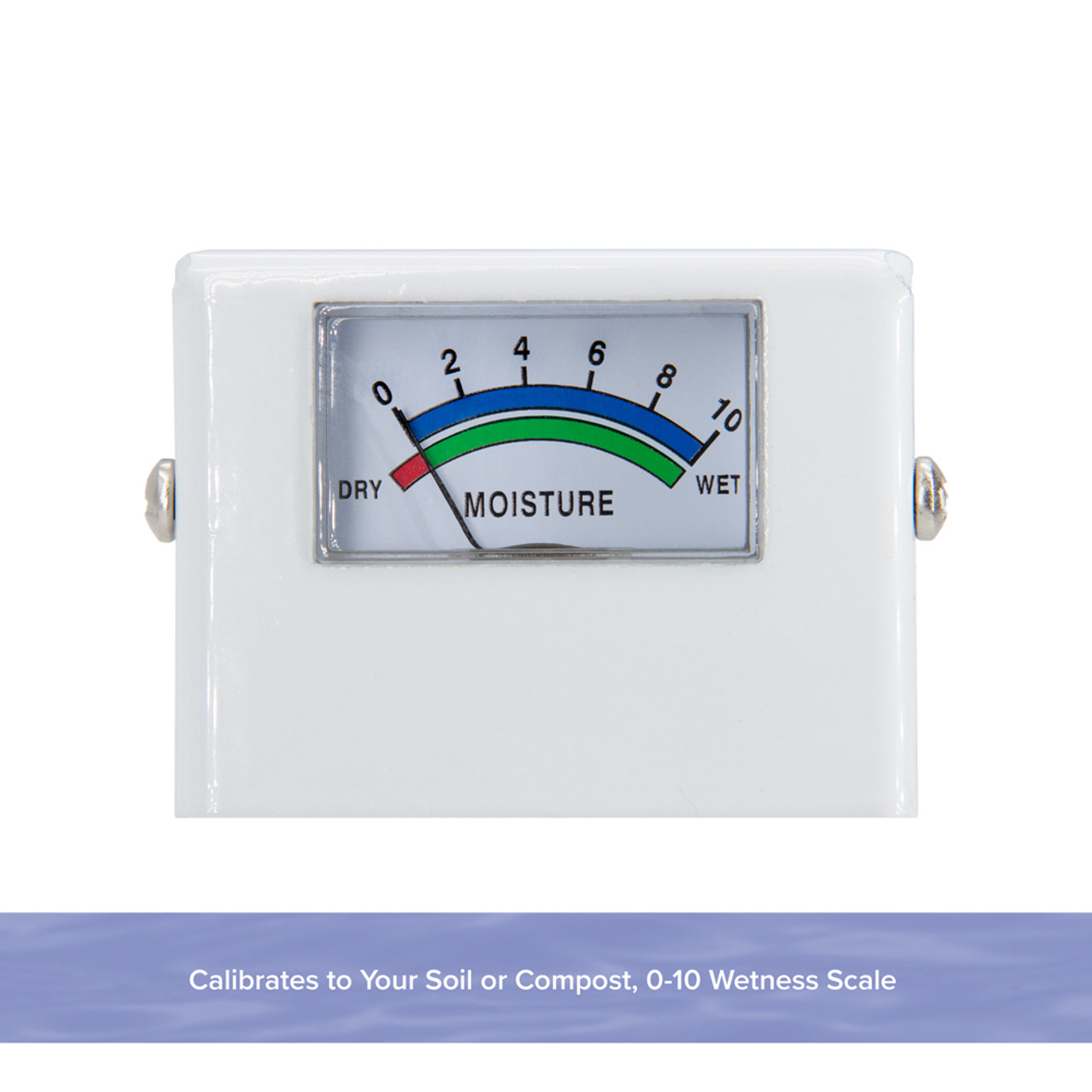The Ultimate Guide to Choosing the Right Moisture Meter for Your Demands
The Ultimate Guide to Choosing the Right Moisture Meter for Your Demands
Blog Article
The Ultimate Guide to Wetness Meters: A Comprehensive Summary and How They Can Save You Cash
In the realm of building upkeep, building and construction, and various industries, the relevance of precisely determining wetness levels can not be overstated. Dampness meters function as indispensable tools in identifying and keeping track of moisture material in materials, helping in avoiding costly damages and guaranteeing the quality of products. Understanding the subtleties of different kinds of moisture meters, their applications, and the prospective cost-saving advantages they use can be a game-changer for experts and companies alike. Uncovering exactly how these devices can not just streamline procedures yet also contribute to financial cost savings is a trip worth beginning on.
Types of Wetness Meters
Various kinds of dampness meters are available for different applications in numerous sectors. One common kind is the pin-type dampness meter, which measures the electric resistance between 2 pins inserted right into a product. This type appropriates for wood, drywall, and various other structure materials. Pinless wetness meters, on the various other hand, usage electromagnetic sensor plates to check a bigger location without causing damage to the material's surface. Moisture Meter. These meters are perfect for rapidly examining wetness degrees in big areas such as floorings and wall surfaces.

Furthermore, there are also specialty wetness meters developed for particular materials like dirt, hay, or grain. These meters provide exact moisture readings customized to the unique residential or commercial properties of the product being evaluated. Infrared wetness meters measure the thermal residential or commercial properties of a product to determine its wetness content non-invasively, making them useful for applications where pin or pinless meters might not be appropriate. Recognizing the different sorts of dampness meters offered can help industries pick the most suitable tool for their specific moisture dimension needs.

Benefits of Utilizing Dampness Meters
Moisture meters supply very useful advantages in properly evaluating and checking dampness levels in diverse products and environments. One of the primary benefits of utilizing dampness meters is the prevention of prospective damage caused by excess dampness.
Furthermore, making use of wetness meters can lead to enhanced energy effectiveness. By recognizing locations with high dampness degrees, such as leakages or poor insulation, adjustments can be made to boost power conservation and lower energy costs. In agricultural setups, wetness meters play a critical role in enhancing plant yields by making it possible for farmers to keep an eye on dirt moisture degrees and make notified watering decisions. Generally, the advantages of using wetness meters cover across numerous industries, supplying economical solutions and promoting better quality control techniques.
How to Choose the Right Wetness Meter
When picking a wetness meter, it's necessary to make sure that the meter is ideal for the specific material you will be testing. Different materials have varying electrical properties that can affect moisture analyses, so picking a meter designed for your product is important for accurate results. By thoroughly assessing these factors, you can choose a dampness meter that satisfies your demands and offers exact dampness dimensions for your jobs.
Correct Strategies for Wetness Meter Use

Expense Savings Via Dampness Meter Applications
How can the critical use of dampness visit their website meters lead to considerable price savings throughout various industries? In the farming industry, dampness meters aid in identifying the optimum time for harvesting crops, protecting against excess or over-drying moisture that can influence the final item's quality.
Likewise, in construction, moisture meters assist avoid expensive damages by spotting dampness degrees in building products, such as wood or concrete, which can cause structural concerns if not attended to without delay. By identifying issue locations early on, specialists can take restorative steps to prevent comprehensive repair services or replacements, inevitably saving time and cash.
In addition, in the food processing industry, dampness meters are essential for monitoring item top quality and making certain compliance with safety guidelines. By accurately gauging moisture content in foodstuff, producers can stop perishing, keep freshness, and decrease waste, resulting in substantial expense financial savings. Overall, the critical application of dampness meters is a useful investment that can result in substantial expense decreases and improved effectiveness throughout various industries.
Verdict
In verdict, dampness meters are beneficial tools for identifying and determining dampness degrees in numerous materials. By using the best dampness meter and adhering to correct techniques, individuals can efficiently protect against costly problems created by excess wetness.
Dampness meters serve as indispensable devices in identifying and keeping an eye on moisture material in materials, assisting in preventing expensive damages and ensuring the high quality of products. Infrared wetness meters determine the thermal properties of a material to determine its moisture content non-invasively, making them helpful for applications where pin or pinless meters may not be suitable.Wetness meters provide important advantages in accurately analyzing and keeping track of wetness degrees in diverse materials and environments. In farming setups, moisture meters play an essential function in maximizing crop returns by enabling farmers to check soil look at this website moisture degrees and make informed anonymous irrigation choices.In final thought, moisture meters are beneficial devices for determining and discovering wetness levels in different materials.
Report this page